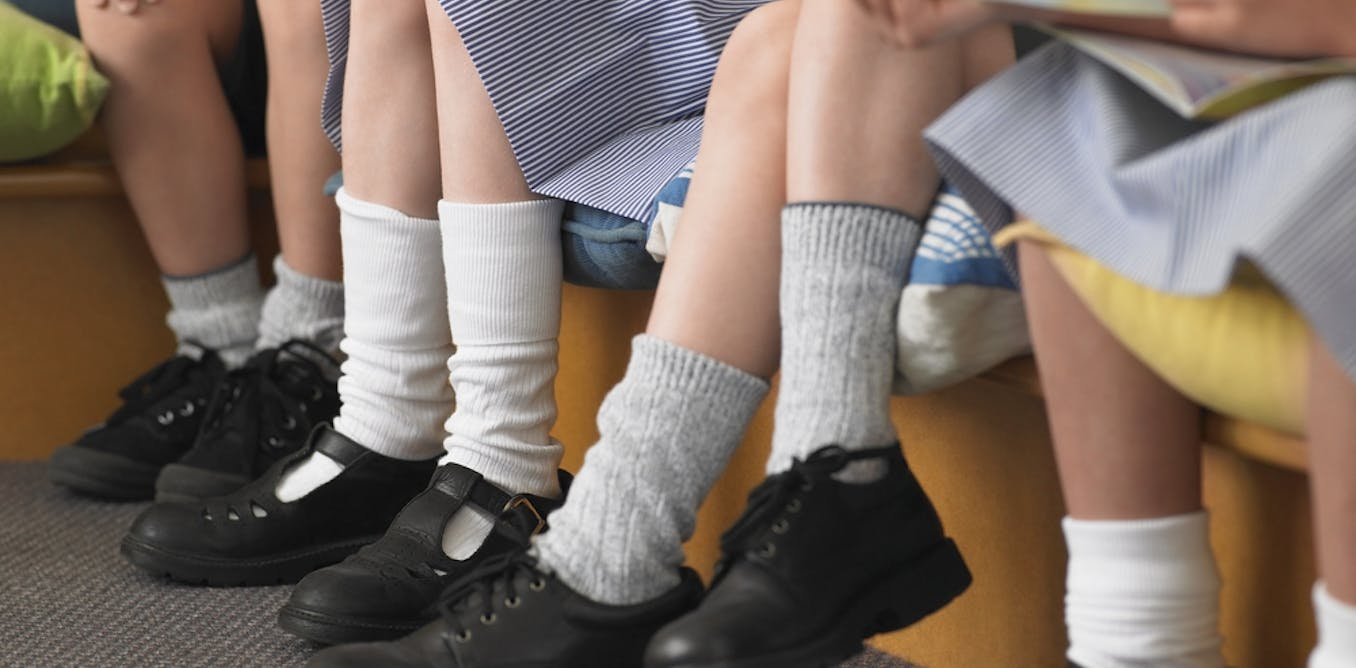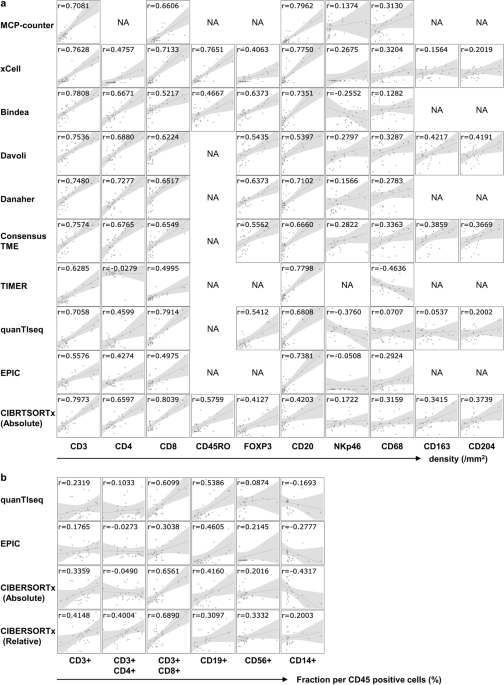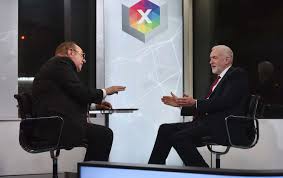
- Select a language for the TTS:
- UK English Female
- UK English Male
- US English Female
- US English Male
- Australian Female
- Australian Male
- Language selected: (auto detect) - EN
Play all audios:
It’s official: poverty in England is getting worse. Britain is on the verge of becoming a nation deeply and permanently divided by poverty, according to the Social Mobility and Child Poverty
Commission, with 2020 marking the end of the “first decade since records began where there has been no fall in absolute poverty”. Half of those in poverty are working and families with
children are by far the biggest group living in poverty. There is little chance that Britain will meet its targets for dramatically reducing child poverty. A new report from UNICEF has
estimated that the UK lost six years of progress in child poverty reduction because of the recession and the austerity measures that have followed. £800 PER YEAR Despite universal free
education in the UK, people living in poverty are struggling to pay for the extra hidden costs of education. There are increasing reports of schools stepping in to provide basic necessities
such as breakfast and clothing for pupils who are going without. A new report from The Children’s Society has documented the ways in which a lack of money affects young people’s experiences
of school. Sixteen young commissioners, aged from ten to 19 years old, worked together to provide a young person’s view of the ways in which schools understand and deal with young people
living below the poverty line. The young commissioners pointed to school guidance which prohibits schools from charging for education. Yet they gathered evidence that parents are spending an
average of £800 per child each year on school costs, as the graph below shows. WHO GETS FREE MEALS The young commissioners point to evidence from the independent School Food Plan arguing
that a hot meal every day is crucial for young people whose families may not always be able provide one. But the young commissioners gathered evidence to suggest that the implementation of
the plan is patchy. They found that some schools publicly identify children who get free school meals and stigmatise them in the process. Children whose parents are on benefits often suffer
periods when they are ineligible for free school meals if their parents’ benefits have been cut off or are under review. Qualification is based on arbitrary criteria and many young people
who are only marginally above the cut-off point may also be going hungry. The commissioners recommend that the best way to get around this would be for the free school meal scheme to be
expanded to all those on low incomes. They also recommend that schools should use a cashless system for school meals to help avoid bullying. UNIFORMS, TRIPS AND MATERIALS Turning to the
issue of school uniforms, the commissioners said uniforms can help to prevent young people in poverty from standing out from their peers. But they pointed out that second-hand uniforms and
worn clothing can have the same negative effects. They were more concerned about state schools requiring families to purchase expensive, monogrammed uniforms from approved school suppliers
and recommended that schools opt instead for simply readily available uniform items with sewn-on logos. Many schools routinely assume young people have access to computers and the internet
to do their homework, but these are costly. Schools also offer expensive trips and excursions which are integral to the curriculum and expect families to provide textbooks, work books,
dictionaries and stationary. To avoid these costs, the commissioners argued that schools should “poverty proof” the curriculum by conducting regular audits of hidden costs, a process that
should also be externally inspected. REMEDIES NOT WORKING The young commissioners also point to the pupil premium – money given to schools to provide additional support for the most
disadvantaged pupils – and ask whether it will actually help to alleviate poverty-related problems. They suggest that all teachers need to be trained to recognise, understand and address the
ways in which they can actually exacerbate the effects of poverty. For example, in one school a teacher put a purple dot on the books of children receiving the pupil premium, which could
lead to bullying. The recommendations from the report are far from radical, so you might assume that they would be easy to implement. After all, what kind of school system allows young
people to struggle or fall behind their peers simply because their families cannot afford food, clothing and materials? The answer is a school system which is highly devolved and which is
reluctant to direct schools to take any particular action. And when it does direct schools, as in the case of universal school meals for the youngest primary school children, it can face
considerable opposition. INSPECTION CAN’T ‘POVERTY PROOF’ In England, each school is responsible for its own local policies and budgets. It falls to individual headteachers and governing
bodies to make decisions about their school – including what to do about poverty. Schools may or may not decide to take up the anti-poverty recommendations by the children’s commissioners.
Under the current system, the only way of seeing whether they do and what the effects are is via an inspection system strongly focused on data and on results. But it’s hardly a guarantee to
rely on an inspection system – under which schools are often not visited every year – to ensure equity for children living in poverty. It is not good enough for children who are hungry,
bullied or unable to participate on an equal footing with their peers simply because they can’t bring the right materials to school. It is also no way to address what the Children’s Society
report points to as patchy good practice across the country. And such patchiness is unacceptable if we are to genuinely have a school system which offers equal opportunity to all children,
regardless of their family circumstances.








